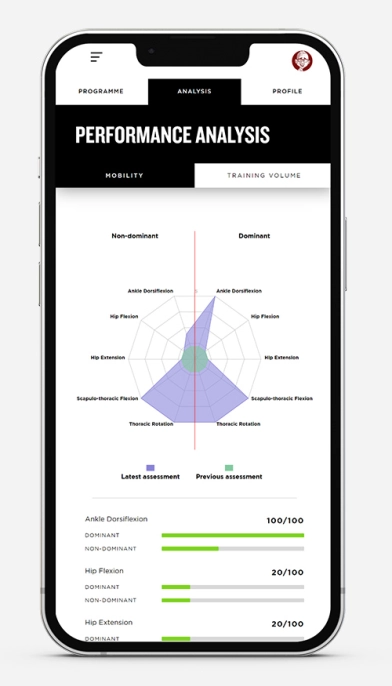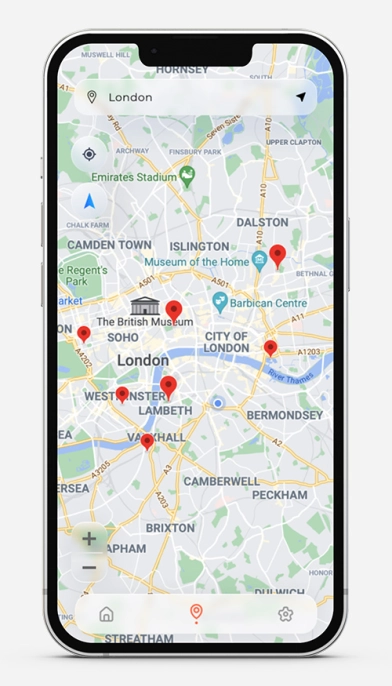When you navigate to a website you may have noticed the little "http://" or "https://" text before the web address. What makes this present or not is whether an "SSL Certificate" has been installed or not. Here is where you can see it on our site:
What is the difference between http and https?
The short answer is encryption. When you visit a site that is "http" the data sent between your computer and the web server is not encrypted, when "https" is present all data is encrypted.
Why would I need https encryption for security?
This is important for services that need you to send data securely to operate them. For example if you enter a password into a site that only uses http then if someone is able to intercept the connection between your web browser and the end website then they could find out what your password is. Scary right! What https does is to encrypt the data from the moment it leaves your web browser or the web server so that even if someone were to sit in the middle they would not be able to see what was being viewed or sent. I.e. it is secure.
Why is https important for search engine optimisation?
Just yesterday Google officially released on their public security blog that they currently use whether a site is using https or not in their ranking metrics. At the moment they are only considering this for a small number of search results (less than 1% of all searches) but this is only for now, they state that they may plan to make it a much more important ranking metric moving forwards. So if you are looking to do things to improve how highly you rank on search engines, installing an SSL certificate is one of those things you should be doing.
What can you do next?
You can purchase an SSL certificate (excluding setup time) for as little as £10 per year. Once purchased the SSL can be installed on your web server to enable https. There is some configuration time involved which you will need to consider but it isn't too complex of a process. Please get in touch if you would like any support in enabling https on your website.





